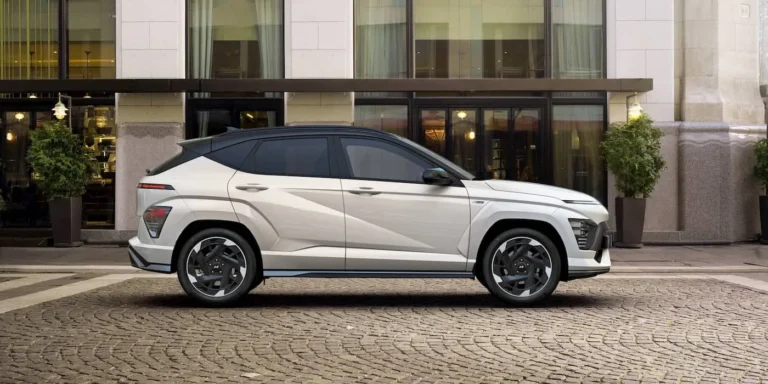Introduction
The U.S. military has taken a bold step into the future of warfare by purchasing Tesla Cybertrucks, aiming to evaluate their resistance to missile attacks. This innovative initiative underscores the military’s commitment to integrating advanced technology into its operations, reflecting a growing trend of utilizing civilian innovations for defense purposes.
The Purchase Details
According to reports, the U.S. Air Force is acquiring a fleet of Tesla Cybertrucks to conduct thorough testing on their durability and defensive capabilities against missile strikes. The decision to procure these vehicles is part of a broader strategy to explore modern solutions to enhance operational efficiency and safety.
Why Tesla Cybertrucks?
The choice of the Tesla Cybertruck as a test subject is intriguing for several reasons:
- Innovative Design: The Cybertruck’s unique exoskeleton is designed from ultra-hard 30X cold-rolled stainless steel, which has prompted interest in its potential to withstand ballistic impacts.
- Advanced Technology: Tesla’s vehicles are equipped with cutting-edge technology, including sophisticated sensors and software, that could offer valuable data during testing.
- Electric Powertrain: With the military’s increasing focus on sustainability, the electric powertrain of the Cybertruck aligns with efforts to reduce emissions and dependence on fossil fuels.
Military Testing Objectives
The primary goal of this testing initiative is to assess how well the Cybertruck can endure missile impacts. The Air Force aims to gather data on:
- Resistance to various types of missile strikes.
- Performance in different battlefield environments.
- Potential modifications required for military applications.
These evaluations will inform future procurement decisions, potentially paving the way for a new class of military vehicles.
Implications for Military Technology
This venture signifies a shift in how the military approaches vehicle procurement. By exploring civilian technologies, the military can harness innovations that may not be traditionally associated with defense. The Cybertruck’s introduction into military operations could lead to:
- Increased Efficiency: Utilizing electric vehicles can improve energy efficiency on the battlefield.
- Cost Savings: If successful, integrating civilian technology could reduce costs associated with developing new military vehicles from scratch.
- Enhanced Capabilities: The potential for integrating Tesla’s autonomous driving features could provide tactical advantages in various scenarios.
Conclusion
The U.S. military’s decision to purchase Tesla Cybertrucks for missile resistance testing represents a significant evolution in military strategy and technology integration. As the testing progresses, the results may not only influence future vehicle specifications but also redefine how military operations leverage civilian innovations. This bold move could set a precedent for future collaborations between military and technology sectors, fostering advancements that benefit both fields.

